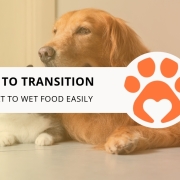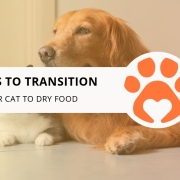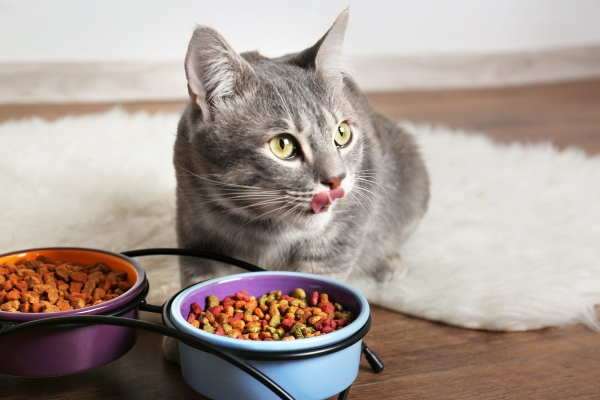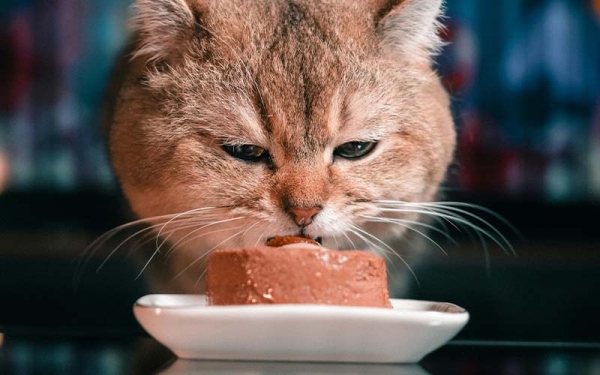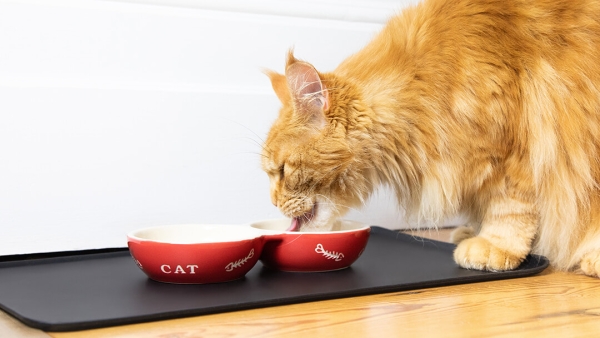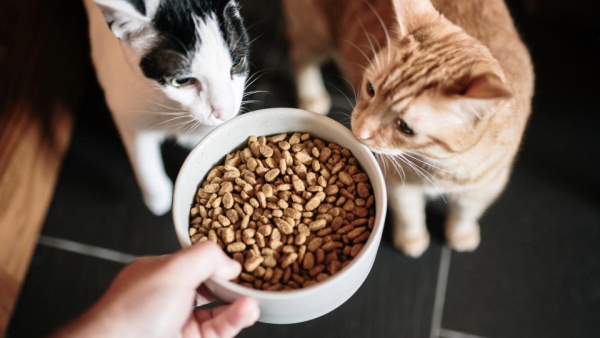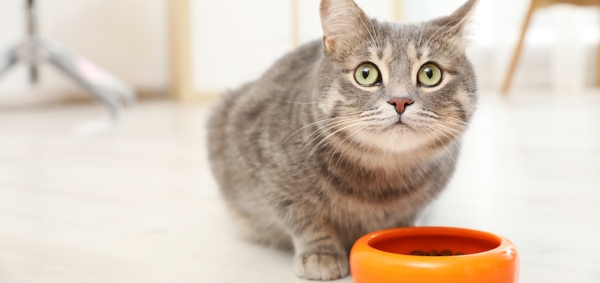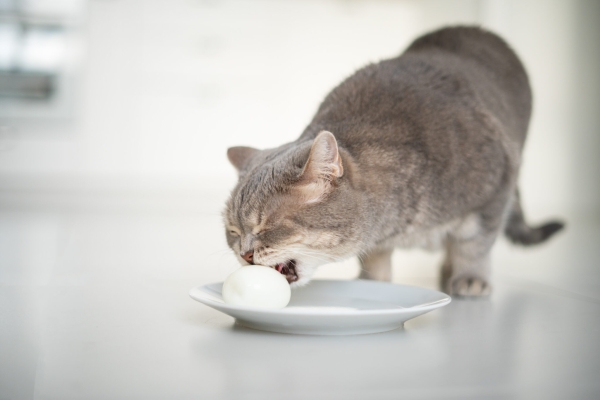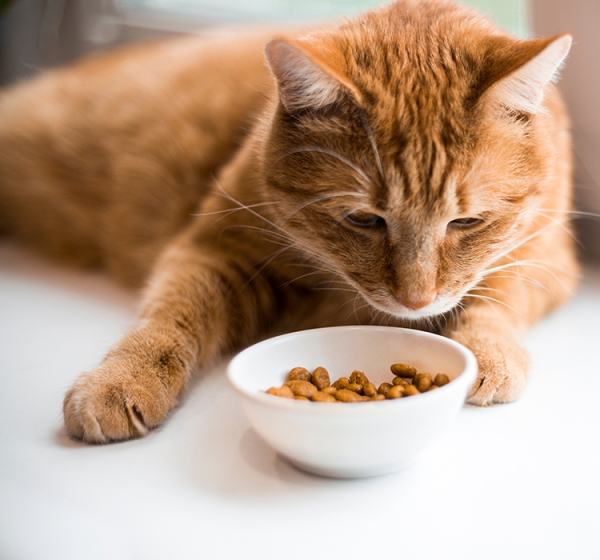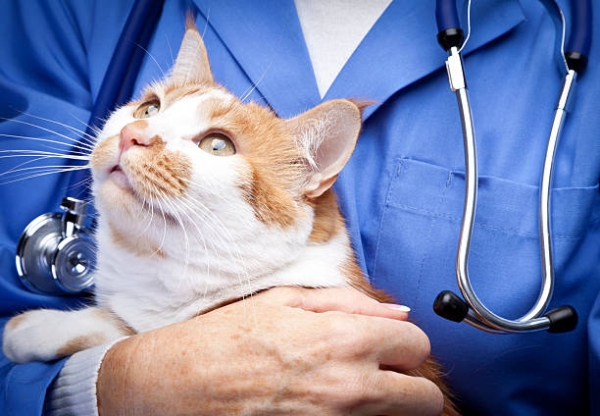Switching your cat’s diet isn’t always as simple as opening a can and expecting them to dive in. If you’re trying to transition your cat to wet food, you may have already encountered resistance—sniffing and walking away or, worse, the judgmental stare of betrayal. But don’t worry; you’re not alone. Cats can be quite resistant to change, especially when it involves their food.
So why make the switch? Wet food offers better hydration, fewer carbohydrates, and an overall healthier option for felines. The challenge? Convincing your cat that this is, in fact, a great idea. Achieving success requires a mix of patience, a solid plan, and perhaps a little persuasion (like tempting flavors).
In this guide, we’ll walk you through eight proven tips to make the transition smooth and stress-free. No more wasted food or disappointed whiskers—let’s get started!
1. Mix Wet Food with Dry Food
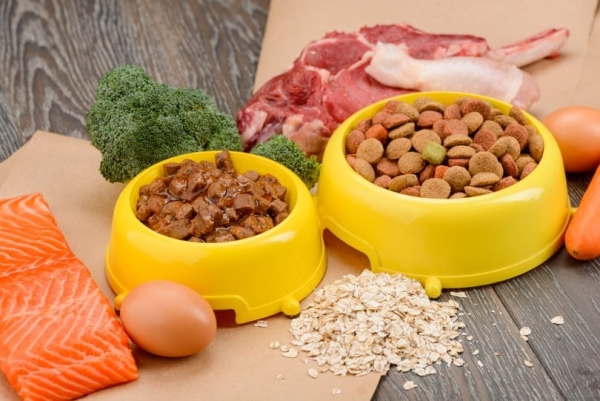
Switching up your cat’s diet overnight? Bad idea. Instead, ease into it by gradually mixing a bit of wet food with their usual dry kibble.
Cats can be fussy, especially when faced with new textures. Combining wet and dry cat food allows your feline to adapt gradually without outright refusal. Start with a 75% dry to 25% wet ratio, then slowly increase the wet portion over a week.
This trick works best for cats hesitant about sudden tweaks in their meal plan. The familiar crunch of dry food masks the new addition, making the change less daunting. Patience is essential—cats have a mind of their own.
By gradually increasing wet food for cats, you minimize digestive upsets and food refusals. It’s all about playing the long game. Stick with it, and soon enough, your kitty will be licking their bowl clean.
2. Warm Up the Wet Food
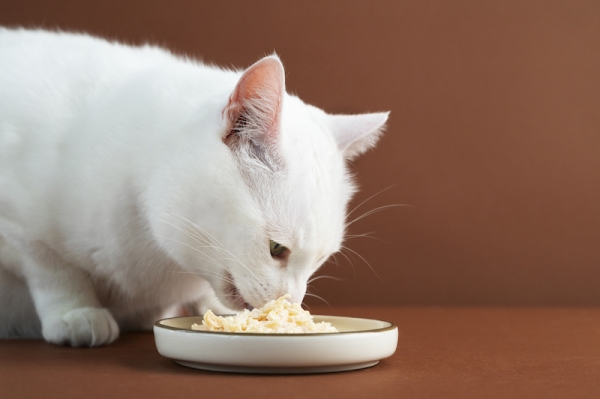
A cat relies heavily on its sense of smell during mealtime, and chilled food straight from the fridge can be unappealing. Warming it up enhances the aroma, making the meal far more enticing.
For picky eaters who snub wet food, this simple trick can work wonders. Just add a little warm water or let the food sit at room temperature for a few minutes. Avoid microwaving—it can create hot spots that might burn your cat’s mouth.
This small adjustment can make it easier to transition your cat to wet food while ensuring they enjoy every bite. A little warmth goes a long way in making mealtime more appealing!
3. Try Different Flavors and Textures
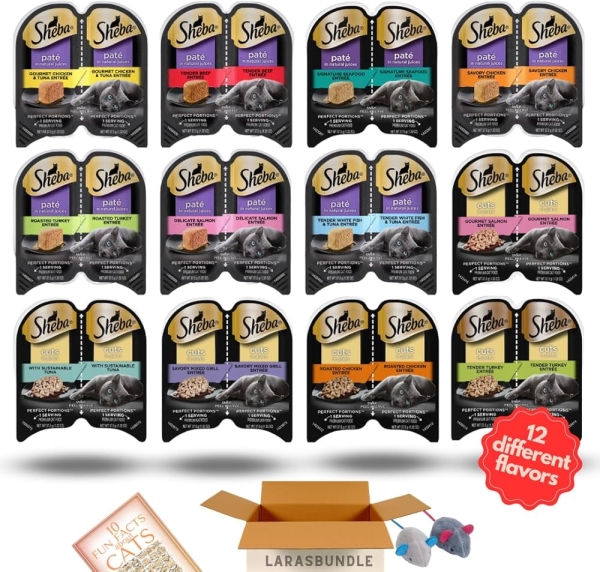
Some cats are picky. Others are downright food snobs. If yours turns their nose up at one type, don’t panic! Experiment with pâtés, chunks, or gravy-based wet foods to discover what clicks.
Different textures and flavors increase the chances of finding a variety your cat enjoys. Some cats love smooth pâtés, while others prefer the chewiness of chunks in gravy.
This approach works best for cats hesitant about new food or those with previous negative experiences. A little patience (and a lot of taste tests) can go a long way in making the switch successful.
4. Feed Smaller, More Frequent Meals
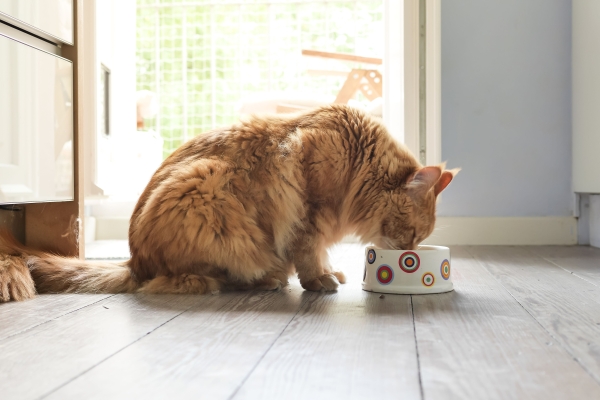
Switching from dry kibble to wet cat food can be a big change. Instead of overwhelming your feline with a full bowl of new food, ease them in with small portions.
Offering tiny amounts multiple times a day makes the transition feel less drastic. It also mimics how cats naturally prefer to eat—small, frequent meals.
This method works especially well if your cat is used to free-feeding on dry food. They’ll have more opportunities to try the wet food without feeling pressured to finish a large meal.
Patience is key. Let your cat take it at their own pace, and soon, they’ll be happily licking up every last bite.
5. Use a Shallow, Wide Bowl
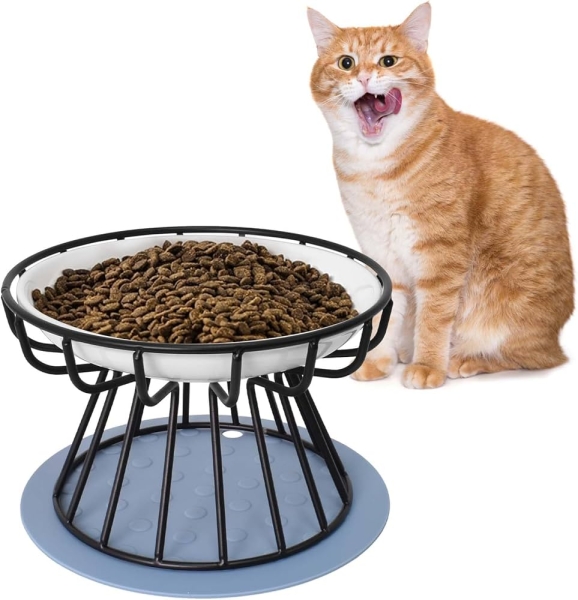
Some cats dislike deep bowls because their whiskers touch the sides, causing discomfort—also known as whisker fatigue. A shallow, wide dish makes wet cat food more accessible and appealing.
This works especially well for cats that hesitate to eat from deep bowls. The open design allows them to comfortably reach their food without stress.
Choose a bowl that matches their natural eating posture. Stainless steel or ceramic options are best since they’re easy to clean and don’t retain odors.
6. Place Food in a Quiet Location
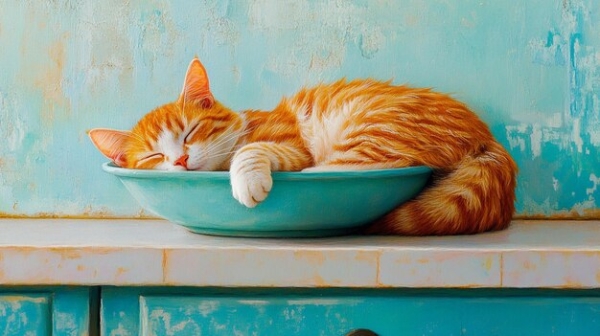
Some cats spook easily, especially when eating. A noisy or high-traffic area could make mealtime stressful, leading to refusal or hesitation. Choosing a quiet, calm space can make a big difference. Find a spot where your cat feels safe—away from loud appliances, other pets, or foot traffic. A peaceful setting helps them focus on their new wet cat food without distractions. This is especially helpful when you transition your cat to wet food, as they need time to adjust. Less stress, better eating habits, and a happier, well-fed kitty!
7. Ensure Proper Hydration

Hydration is key when switching your cat to a diet rich in wet cat food. A well-hydrated feline is a healthier feline, especially for kidney function.
Some cats don’t drink enough water on their own, making it essential to provide fresh water alongside their new meals. Try setting up several water bowls throughout your home or experiment with a cat water fountain—some felines are drawn to running water!
Wet food for cats already contains more moisture than dry kibble, but that doesn’t mean you should ditch the water bowl. Proper hydration supports digestion and urinary health, making the transition smoother.
8. Be Patient and Consistent
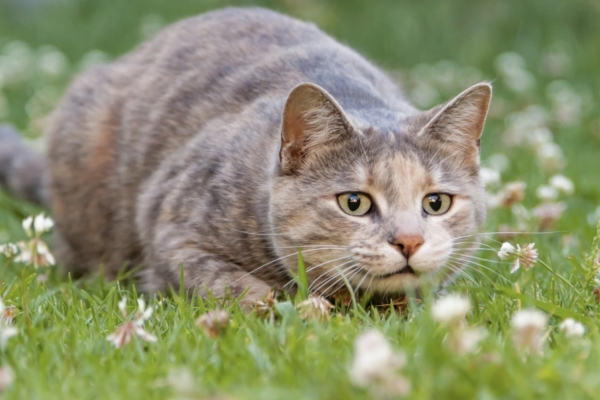
Your cat isn’t going to go from kibble to wet cat food overnight. Change is hard—especially for picky eaters. Give them time to adjust.
Begin by incorporating a little wet food for cats into their regular dry kibble. Slowly increase the ratio over several days or even weeks. Rushing may cause refusal, and no one wants a hungry, grumpy cat.
Stick to scheduled feeding times. Routine helps them anticipate mealtime and accept the new food. If they turn their nose up at first, stay calm. Cats can be dramatic. Just stay consistent, and don’t revert to old habits too quickly.
Older or stubborn cats may take even longer, but patience is key. Keep offering the wet food option, and eventually, their curiosity (and hunger) will win out.
Is Wet Cat Food the Right Choice for Your Feline?
What is better for cats, dry or wet food?
Wet food is often a better choice for cats because it provides more moisture, which helps prevent dehydration and supports kidney health. Because cats aren’t naturally big drinkers, incorporating wet food into their diet helps keep them well-hydrated. Additionally, it often contains more protein, closely mimicking their ancestral diet. However, dry food has its benefits too—it’s convenient, cost-effective, and can help maintain dental health. A mix of both can be a great compromise to balance nutrition and practicality.
How much wet cat food is equivalent to dry food?
In general, three ounces of wet food roughly equates to about ¼ cup of dry food in terms of calorie content. However, this can vary between brands and formulations. Wet food is lower in calories because of its higher moisture content, while dry food is more calorie-dense. Be sure to review the feeding guidelines on the package and adjust portions according to your cat’s weight, activity level, and overall health.
Are there any downsides to feeding your cat wet food?
Despite its benefits, wet cat food has some drawbacks. First, it spoils quickly after being opened, requiring refrigeration if not immediately consumed. Second, it can be more expensive than dry food, especially for multi-cat households. Additionally, wet food doesn’t provide the same abrasive action as kibble, which can contribute to dental plaque buildup. Lastly, some picky eaters may develop a preference for wet food and refuse dry food altogether—because, let’s be honest, who doesn’t prefer a gourmet meal?
Do vets recommend wet food for cats?
Yes, many vets recommend wet food, especially for cats prone to urinary tract issues, kidney disease, or obesity. The increased moisture content supports hydration and helps prevent the development of urinary crystals. However, recommendations can vary based on individual cat needs. Some vets may recommend combining wet and dry food to provide complete nutrition while also supporting dental health. Always consult your own veterinarian to get a diet plan suited specifically for your feline friend.
Helping Your Cat Embrace Wet Food—One Bite at a Time
Transitioning your cat to wet food may take patience, but with the right approach, you’re setting them up for a healthier, more hydrated life. Every cat is different—some dive right in, while others take their sweet time.By following these tips, you’re setting your furry companion up for an easy and successful transition.
From mixing small amounts of wet food with their usual kibble to experimenting with different textures and flavors, you now have an arsenal of strategies to make mealtime more appealing. If your cat resists change (as cats often do), just stay persistent and positive. With consistency, they’ll come around.
We hope these eight tips have made it easier to transition your cat to wet food. A properly nourished cat is a content cat, and there’s nothing better than watching them purr while enjoying a wholesome meal. Keep experimenting, stay patient, and soon, your kitty will be licking their bowl clean!
